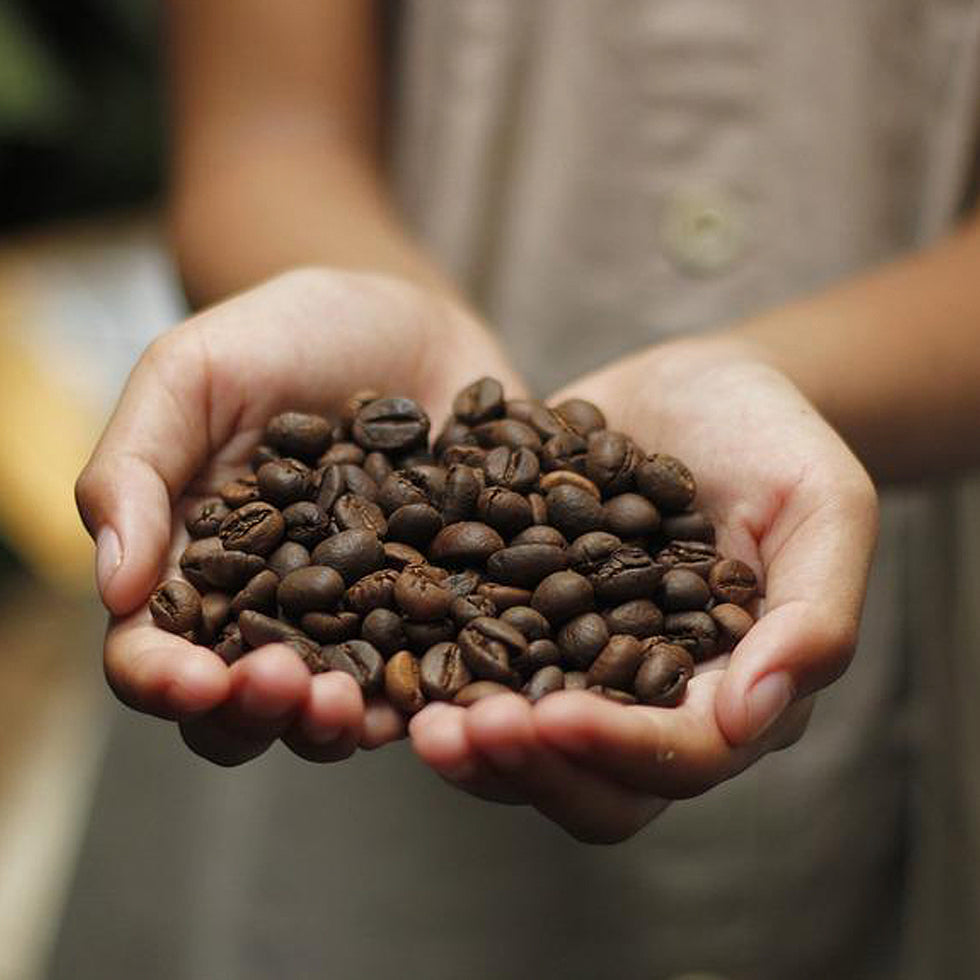The world got a lot bigger when the colonial powers learned about the Americas—and so did the world of coffee. In this blog, we’ll cover eight different coffee growing countries in Central and South America, though there are nearly two dozen producing countries in that part of the world.
Let’s enjoy a birds-eye view of these various specialty-grade coffee growing countries so you can make informed buying decisions when picking out future coffee beans.
Mexico

Settlers from the Dominican Republic and Cuba brought coffee to Mexico on the late 1700’s. Production took off quickly and commercial exports are recorded as far back as 1802. These beans are particularly well-beloved for their sweet earthy and spice notes, which often act as the lower flavours of espresso blends in North America.
Most of Mexico’s specialty-grade coffee goes to the United States, which isn’t all that surprising consider the geographical proximity. Also due to proximity to organizations, Mexico has become the world leader in certified organic coffee.
Common Flavours: Crisp Acidity, Low Body, Deep Flavors
Processing Methods: Natural
Notable Growing Regions: Oaxaca, Chiapas, Veracruz
Guatemala

Though Guatemala also received coffee in the late 1700’s, exports didn’t really take off until the late 1800’s. As one of the most climatically diverse countries in the world, and with soil all over the country that’s enriched by active volcanoes, Guatemala enjoys a rich diversity of coffee flavour and aromas—most of which have a bright acidity and complex profile.
Common Flavours: High Acidity, Complex Flavor Profiles
Processing Methods: Washed
Notable Growing Regions: Antigua, Atitlán, Huehuetenango, Nuevo Oriente
Costa Rica

Costa Rica was the first country in Central America to have a nation-wide commercial exporting operation for coffee, producing at a large scale by the 1820’s. While the coffee economy thrives, the country still only produces less than 1% of the world’s coffee supply.
Thankfully, Costa Rica is generally doing well as a country, has strict labor laws, and doesn’t face some of the more intense poverty struggles that its neighboring countries experience. For this reason, Costa Rican coffees are often a bit more expensive than those of its neighbors.
Common Flavours: Bright Acidity, Medium-Heavy Body, Clean, Floral
Processing Methods: Washed, Honey
Notable Growing Regions: Tarrazu, Tres Rios, Herediá, and Alajuela
El Salvador

As the smallest country in Central America, El Salvador also has a smaller coffee industry—but it’s still well-known in the Americas. Civil wars and economic hardship over the last century have kept farmers from adopting new plant varieties, making El Salvador one of the few countries remaining that still grows rare and sought after “old varieties” of coffee.
Common Flavours: Mild Acidity, Medium Body, Earth, Citrus
Processing Methods: Natural, Honey
Notable Growing Regions: Apaneca, Apaneca Llamatepec, El Bálsamo–Quetzaltepec
Panama

This smaller country connecting Central and South America didn’t receive coffee until the mid 1800’s. With a growing economy and worker wage protections, coffee from Panama is among the most expensive purchased in the Americas—and it’s often some of the best.
In the early 2000’s, the farm Hacienda La Esmeralda “rediscovered” geisha variety coffee plants that had been brought from Ethiopia sometime in the previous century. Though now genetically distinct from Ethiopia’s coffee from gesha forest, it features a similar exotic acidity and incredible floral flavours.
Common Flavours: Bright Acidity, Medium Body, Citrus, Floral, Sweet
Processing Methods: Washed, Natural
Notable Growing Regions: Boquete, Renacimiento, Volcán
Ecuador

Ecuador’s specialty coffee industry is blossoming at the moment as farmers turn away from the robusta plants of their past and adopt arabica plants. However, since the country thrives primarily on petroleum and not agriculture, coffee production has always been a secondary income.
Common Flavours: Bright Acidity, Low Body, Floral And Fruity Notes
Processing Methods: Washed, Natural, Honey
Notable Growing Regions: Carchi, El Oro, Loja, Galapagos, Manabi, Pichincha
Colombia

Growing 12% of the world’s coffee, behind only Brazil and Vietnam, Colombia is a coffee powerhouse. The nation’s coffee organization, the Federación Nacional de Cafeteros de Colombia, has done an excellent job increasing coffee quality across the board by allowing farms to plant arabica plants exclusively.
Common Flavours: Medium Acidity And Body, Citrus, Nutty, Fruity Notes
Processing Methods: Washed, Natural
Notable Growing Regions: Antioquia, Boyacá, Huila, Santa Marta, Quindio
Brazil

Brazil is the world’s #1 coffee exporter, and that’s largely due to the country’s size. It’s massive, comprising of dozens of climate regions that lead to a stunning flavour diversity, four different processing methods, and a variety of rare and new plant varieties.
One thing stays fairly consistent with Brazilian beans: they are grown at lower altitudes. This tends to result in a lower acidity and heavier body, though in terms of flavour, Brazil’s coffee is all over the board.
Common Flavours: Low Acidity, Heavy Body, Pleasant, Fruity, Floral
Processing Methods: Washed, Natural, Honey, Pulped Natural
Notable Growing Regions: Bahia, Espírito Santo, Minas Gerais, San Janeiro, São Paulo
Now that you’ve read about these incredible countries, it’s time to taste them for yourself. Check out our current range of specialty-grade coffee beans online and start exploring the flavours of Central and South American coffee. If this all sounds like too much hassle and you'd rather us pick the best beans for your morning brew, why not try our coffee subscription box here! The best coffee subscription with the widest variety of beans!
